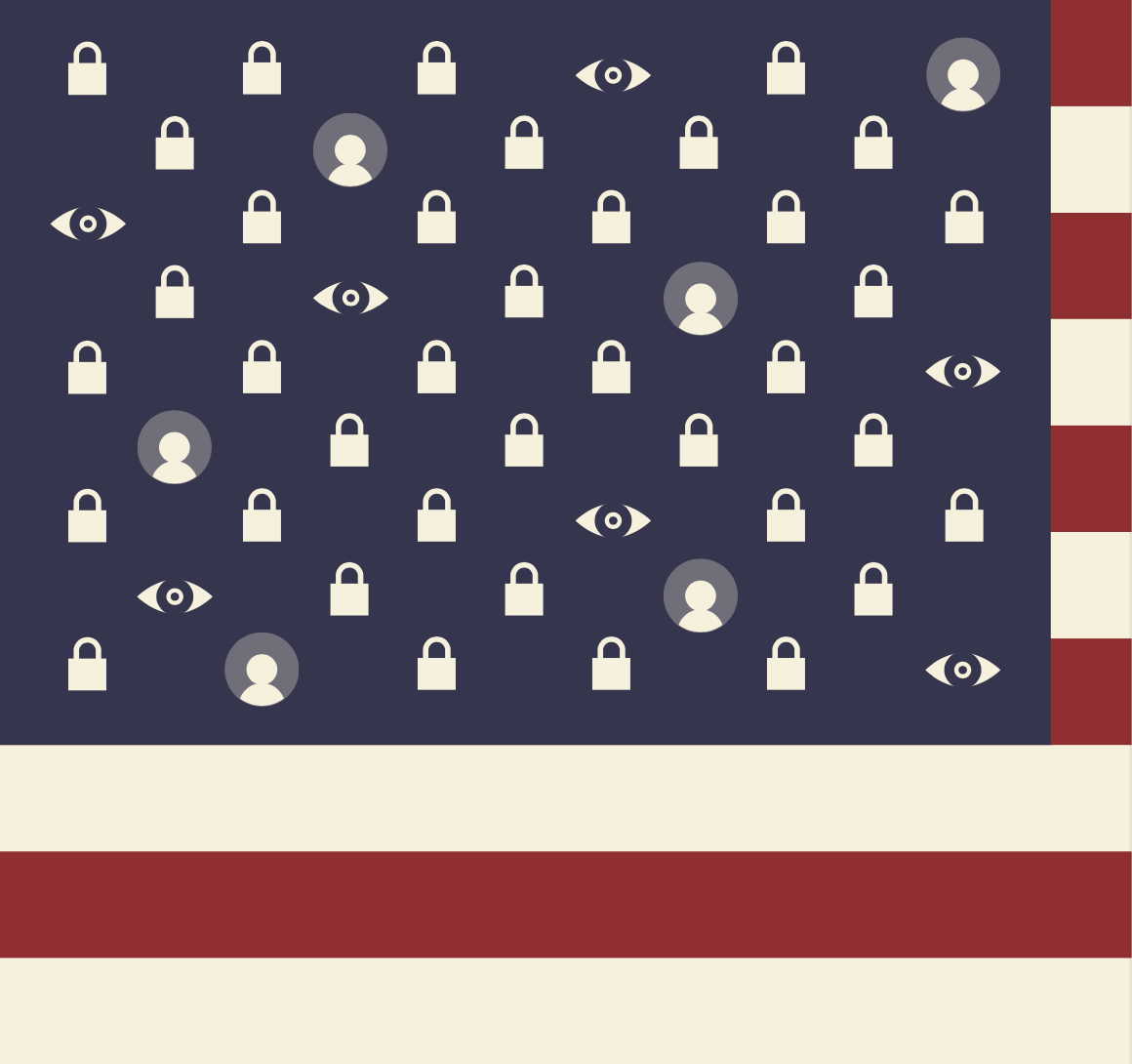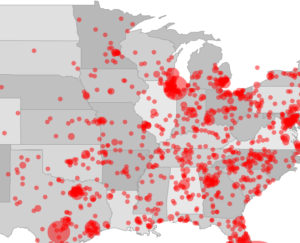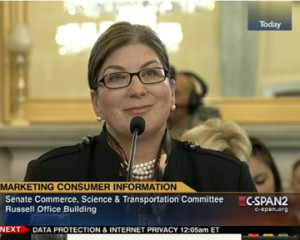WPF Release a Report: The Network Advertising Initiative: Failing at Consumer Protection and at Self-Regulation
Report | Internet privacy | NAI — The World Privacy Forum published a new report today, The Network Advertising Initiative: Failing at Consumer Protection and at Self-Regulation. The report is an in-depth analysis of the history and current operations of the National Advertising Initiative (NAI) self-regulatory agreement. The NAI was created to protect consumers’ online privacy in the behavioral advertising arena. The report finds that the NAI has failed. The report discusses the failure of the NAI opt-out cookie, the uses of persistent consumer tracking technologies that go beyond cookies, such as Flash cookies, browser cache cookies, XML super cookies, and other issues. The report also discusses the practice of re-setting cookies after cookie deletion. The report gathers the details of the difficult membership history of the NAI, as well as the enforcement history of TRUSTe regarding NAI.





